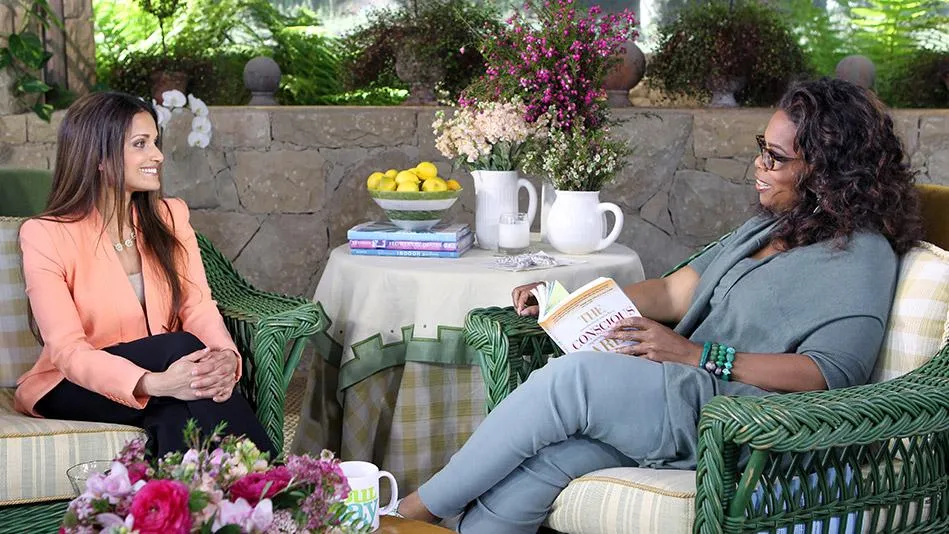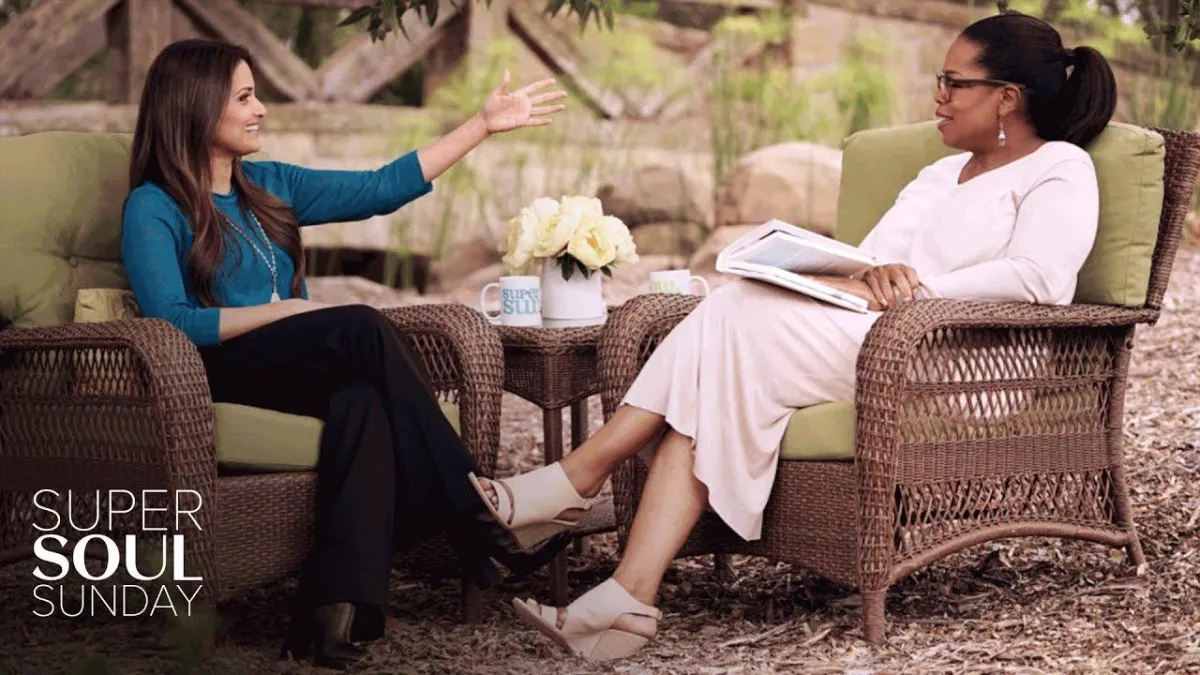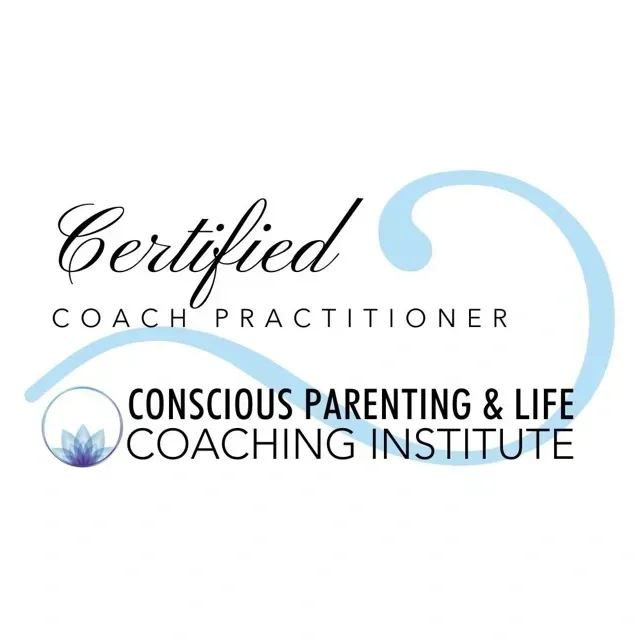Facing Parenting Struggles Alone?
Hi, I’m Bakshi Sidhu, a life coach with over a decade of experience in child development and psychology. I know that parenthood can be overwhelming, but together, we can navigate these challenges.
I am with you in your parenthood journey.


Connecting and Growing Through Parenthood
We all aim to raise our children to be competent, confident adults. Yet, it’s easy to find ourselves struggling to maintain boundaries, losing our patience, over-pleasing, or under-delivering.
This can lead to a cycle of shame and resentment.
Parenting isn't about perfection or always getting it right. It's a unique journey for each of us.
Embrace your personal path and develop strategies to resolve power struggles and constant disputes.
Discover a new wisdom and a deeper awareness of yourself and your children, nurturing a loving and harmonious family life.
Testimonials
What to expect from our sessions
In our sessions, we'll use a conscious coaching approach, which is action-based therapy, to identify and reframe the underlying issues that influence your parenting behaviors and emotional responses. Together, we will explore past experiences and behavioral patterns, developing the tools you need for meaningful change and personal growth.
This process goes beyond healing—it’s about uplifting your parenting to cultivate a loving and harmonious environment for your family.
Join me in creating a future where you and your children flourish together.
Our Services

One-on-One Coaching

Parenting Support Groups

Short Parenting Course
Proud Graduate of Dr. Shefali's Conscious Coaching and Life Institute
I have been personally trained and certified by Dr. Shefali in conscious parenting methodologies and life coaching. This certification ensures that I bring authentic, transformative strategies to your coaching session, empowering you to connect deeply with yourself and your children.
Endorsed by Oprah: A Testament to Transformative Parenting
Dr. Shefali Tsabary, renowned for her groundbreaking approach to conscious parenting, has been featured multiple times on Oprah Winfrey's Super Soul Sunday. Oprah has praised her work, stating:
"Out of all the parenting experts I've ever interviewed, Dr. Shefali has been one of my favorites."
— Oprah Winfrey
Dr. Shefali's teachings have transformed my coaching philosophy. I've learned that conscious parenting is about focusing on the parent’s self-awareness and emotional growth, which fosters deeper, more genuine connections with children who blossom in their unique ways.
By blending this wisdom with my own experiences, I now offer services to support parents in building stronger, more fulfilling relationships with their children.



Updates and News

When Your Child Is Aggressive: How to Keep Everyone Safe and Respond Calmly as a Parent
Learn how to stay safe and respond calmly when your child is aggressive. A gentle, practical parent guide to understanding triggers, managing overwhelm, and teaching emotional regulation in a warm, su... ...more
Little Ones Life Coach
December 08, 2025•4 min read

Top-Rated Baby Monitors & Nursery Tech Devices Available Locally (A Life Coach’s Honest 2026 Guide)
A calm, parent-focused guide to the top-rated baby monitors and nursery tech devices available locally in the UK. What actually helps, what to choose, and why. ...more
Little Ones Life Coach
December 02, 2025•4 min read

How to Get Your Child to Listen Without Repeating Yourself: 7 Steps That Truly Work
Learn how to get your child to listen without repeating yourself using this simple 7-step method. Parent-friendly guidance, natural consequences, and calm communication. ...more
Little Ones Life Coach
November 30, 2025•5 min read



